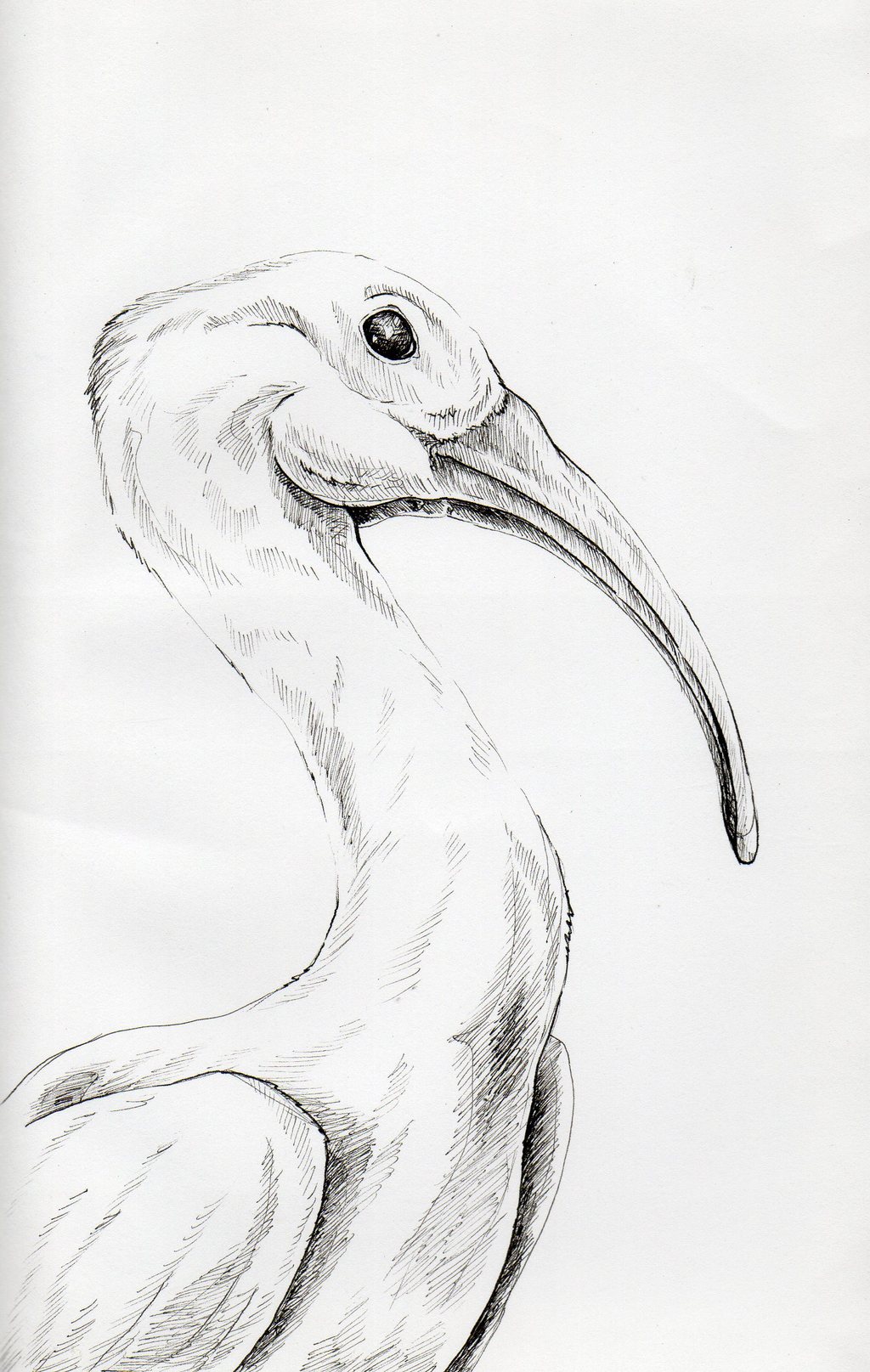Sign In
CloseTotem of the day is Ibis! Open your senses to be aware when this time of magic and wonders appears around you. This may lead to a depth of healing with a shift into a new portion of your life. Throughout this time, trust your heart and inner truth with a few times each day to stop and let yourself sink into a reminder that everything is sacred. You may benefit from studying the Egyptian Gods such as Thoth or the Goddess Isis or to delve into healing techniques from ancient times. The Ibis totem is known for it's connection to communication, transformation, luck, and inner instincts. When Ibis shows up, it cam mean a time to search for the truth or to come together with others for work in a harmonious group. They were considered sacred creatures in ancient Egypt where the God Thoth who had the head of an Ibis. Thoth was seen as a god connection with academics such as mathematics and measurement as well as writing, justice, and wisdom. Egyptians saw the curve of an Ibis's beak as a symbol of the crescent moon. The Ibis is seen in many Egyptian wall murals and sculptures as well as found mummified in many burial sites. People who connect with Ibis often help to spread the beginning of spiritual growth in those around them. These individuals are romantic and loving with a penchant for gestures such as flowers. These old souls have an understanding of death and life they often keep within unless asked to speak. They always look forward to new adventures and thought processes with possible past-life connections to ancient Egypt.
Ibis, Threskiornithinae, are omnivorous birds known for their long legs and curved beaks with a life span of up to 15 years in the wild. On average, they grow to 25 inches in heighth, 4 lbs in weight, and a wing span of just under 50 inches. Ibis are found throughout the world with a preference for temperate regions of the southern hemisphere. There are approximately 30 species of Ibis such as the brilliant Scarlet Ibis, American White Ibis, and Sharp-tailed Ibis. Two species of Ibis are extinct: the Apteribis from the Hawaiian Islands and the Xenicibis from Jamaica. The Giant Ibis is the largest species, living in northern Cambodia and growing to over 40 inches long, a height of 39 inches, weighing over 9lbs, and possessing a wing span of over 22 inches. The smallest Ibis would be the Dwarf Olive Ibis found only along the western coast of Central Africa which only grows to under 2 inches tall with a 9 inch wingspan. Ibis all prefer habitiats filled with water such as marshlands, swamps, and wetlands. Their long, curved beaks and long legs aid them in wading through their watery environments to hunt for their prey. The diet of an Ibis consists of a more carnivorous diet of fish, small reptiles, frogs, small mammals, crabs, and insects with supplements of plant material. These birds are highly social, living in large flocks feeding and finding mates together. However, they can be territorial when nesting or feeding. They can also be found resting up in trees alongside other species such as herons or spoonbills. Ibis are monogamous, creating a pair bond between two individuals. The female Ibis will build their nest up in the trees using sticks and reeds. She will lay around 3 eggs which hatch after only a few weeks of incubation. Some male Ibis such as the White Ibis are known to be highly protective of these nests and will not leave their mate alone until nighttime when it is safer for her to be alone. Their chicks will be born with straight bills that gradually curve as they grow. Developing quickly, the chicks will be ready to leave the next when they are 6 weeks old. Staying with the flock, they will learn how to forage and fly.
Submission Information
- Views:
- 387
- Comments:
- 0
- Favorites:
- 1
- Rating:
- General
- Category:
- Visual / Traditional




